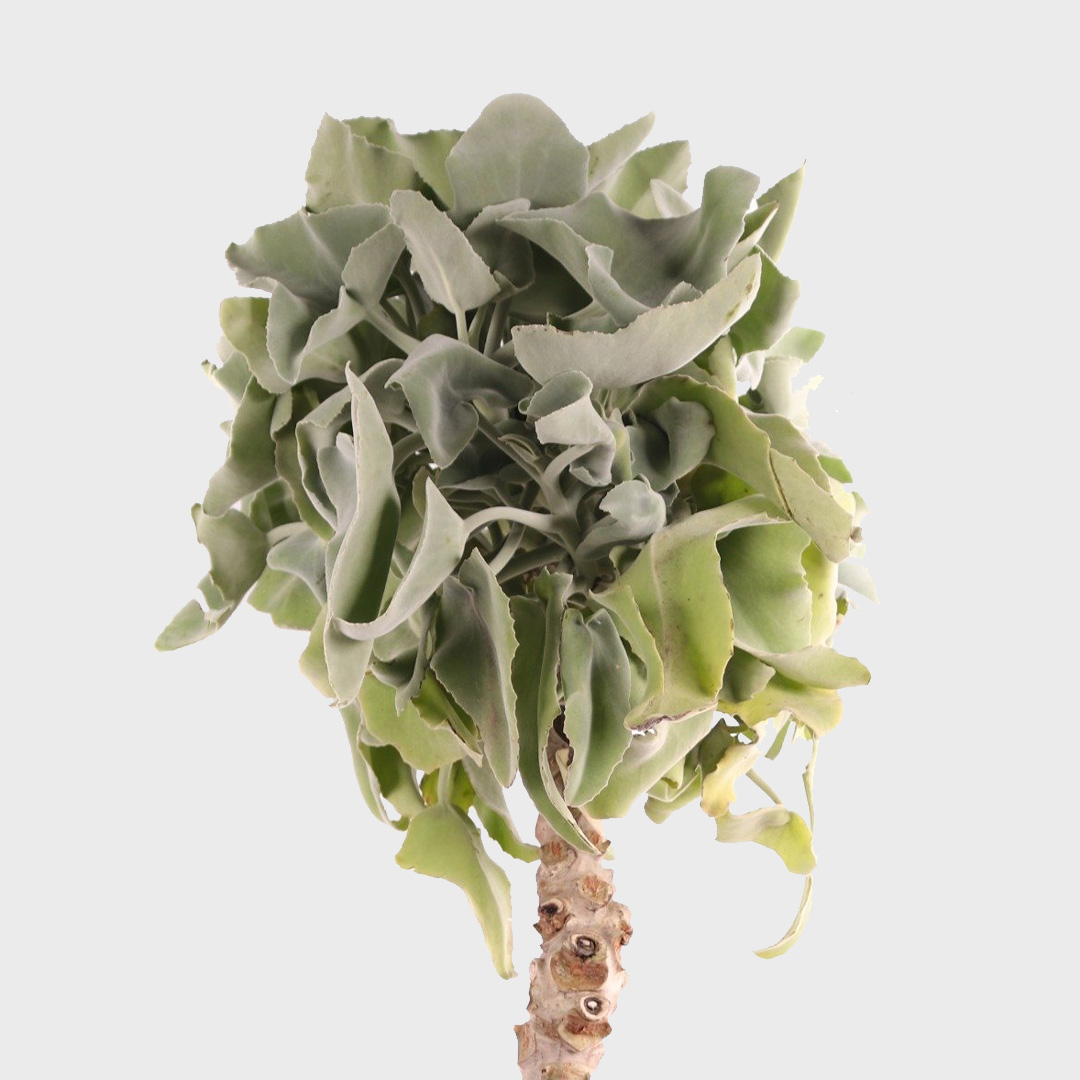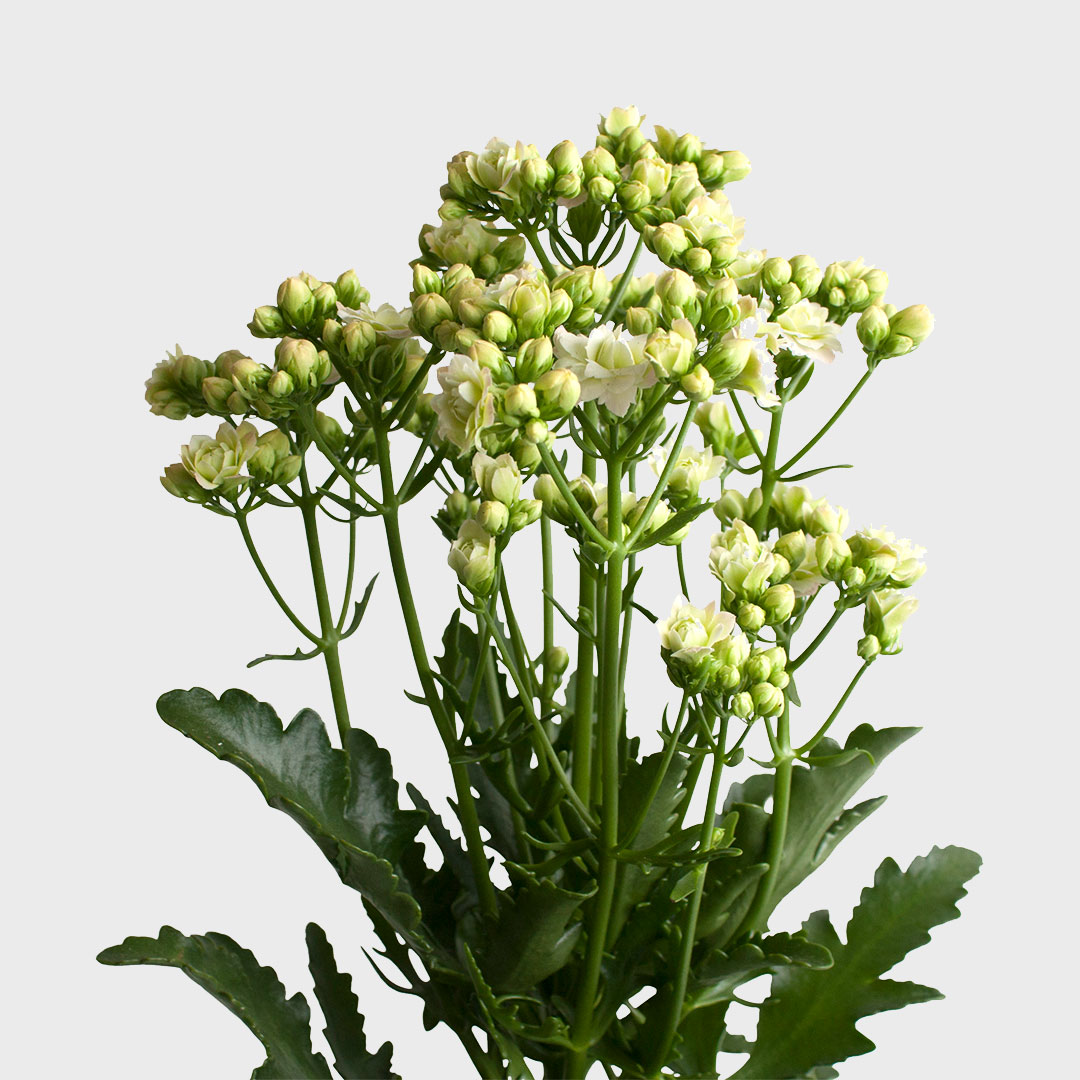
Deliver to
Europe
 English
English

The Kalanchoe Tomentosa is a furry plant covered in tiny white-silver hairs. It has little leaves that have a combination of grey and green highlights with a hairy texture and dark chocolate-colored tips that look like cat ears. It also has a robust stem that turns woody when the plant matures. The Kalanchoe is a succulent plant with an origin in East Africa, Madagascar and Southeast Asia.
Medium light
Water once a month
Toxic
Non Air-purifying
The Kalanchoe likes to be placed in a spot with lots of light. It is best to place the plant in medium bright light. The Kalanchoe prefers a spot next to a window on the west or east. A spot near the south is of course also possible. Make sure that the plant is at least 2 metres away from the window. However, the Kalanchoe can grow with partial shade as well.
The Kalanchoe Tomentosa is a low-maintenance succulent. Its thick leaves can store a lot of water and allow the plant to survive for extended periods, even in dry environments. From spring to summer the Kalanchoe needs water once a month. After the growing season, in autumn and winter, the Kalanchoe needs water once every 3 months.
The Kalanchoe doesn't use a lot of energy. However, you can add extra nutrients to the plant. You can provide these nutrients by plant nutrition. We recommend giving the Kalanchoe extra nutrition once every month from spring until autumn. After autumn and in winter it is better not to give extra nutrients. In the winter, plant nutrition can actually be harmful for the Kalanchoe!
Kalanchoe plants are generally adaptable and can tolerate a range of temperatures. The ideal temperature for Kalanchoe plants is between 15 to 24 degrees Celsius. However, Kalanchoe plants can withstand slightly higher or lower temperatures depending on the specific Kalanchoe species.
Pruning Kalanchoe plants is not always necessary, but it can be beneficial for maintaining their shape, encouraging bushier growth, and promoting flower production.
The Kalanchoe is not excessively susceptible to diseases and pests. Should the plant still suffer from pests, then you can use pesticide. Although pesticide can mean the end of the plant. Therefore, be careful.


It is up to you to decide what to do with dried out flowers. You can leave the flowers in place, but you can also remove them. New flowers will grow over the dead flowers.
Yes, it can! You can easily move Kalanchoe outside as soon as there is no more frost. Make sure that the Kalanchoe first gets used to its new environment.
Kalanchoe plants are not resistant to frost and are therefore not winter hardy.